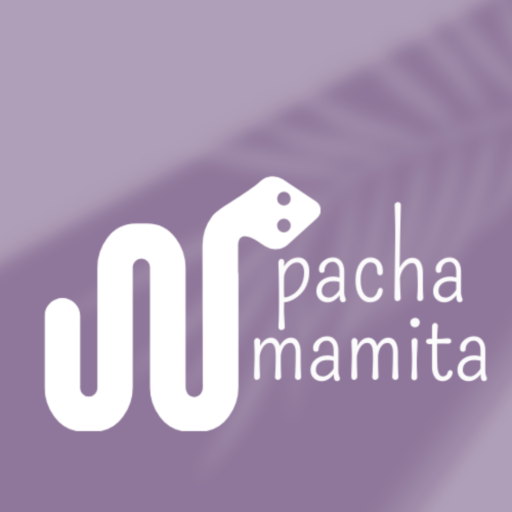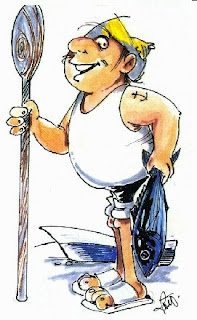![]()
Etymologically, the cholo is defined as the man “descended from the Spanish mestizo.”
For me, respecting other criteria, the cholo, as we traditionally conceptualize it in our coastal environment, is a special race, a unique hybrid, with no similarities in the variant world of civilizations.
Their morphological characteristics, habits and abilities are unmistakable. Their way of being, feeling and thinking, makes them different from other human species, even within the same country.
Its closest similarity could be in the Sierra, the "chagra", as a product of the cross between mestizos and Indians.
But there are marked contrasts between the chagras and the cholos. The way of speaking and dressing. Food tastes. Hospitality and friendship have different connotations. Music, crafts and housing, maintain a great distance.
The rebellion of the mountain Indians and their aboriginal language were lost with the Incan conquest and were finally crushed by the Spanish conquistador. The Indians of the Coast were never defeated by the Incas, nor did they learn Quechua nor did they submit to the Castilian invader.
These characteristics were genetically transmitted to chagras and cholos.
Even the tone of voice is different, because while the chagra speaks softly, almost through his teeth, the cholo does so at the top of his lungs. Possibly, the geography that surrounds one and the other has a lot of influence on this aspect.
It has been said that the cholo is the mestizo who represents the “new man” who arose in America. He is the “new American race” in which the blood and thoughts of all races come together. That is why he is also attributed the attribute of “cosmopolitan.”
And because it is located on the seashore, its ancestral domains, it has been (and is) exposed and open to absorbing the influences of the rest of the world, although without losing the basic characteristics of its ethnic origins.
Renowned historians agree with the opinion of José Vicente Becerra, a well-known expert on tradition, folklore and tourism, “…as a coastal people (the cholo), the characteristics of our customs are authentic, because so are the Manteño, their ancestors the “Valdivians”, are considered one of the oldest and most original peoples of America.
The cholo (the cholo fisherman, in particular), according to Manuel Espinoza Apolo in his book “Los mestizos ecuatorianos”, constitutes a very strong and deep-rooted regional, cultural and ethnic identity that distinguishes him from any other inhabitant of the remaining provinces of Ecuador.
For his part, Wilfrido Loor states: “The pejorative term “cholo,” which was intended to denigrate the inhabitants of this region, gradually transformed from weakness into strength, and is today a full identity.”
And I dare say that it will be here forever: like the “Lord of the Sea!”, so aptly named by Rafael Murillo Cano.
Extracted from the page of White Fishing

